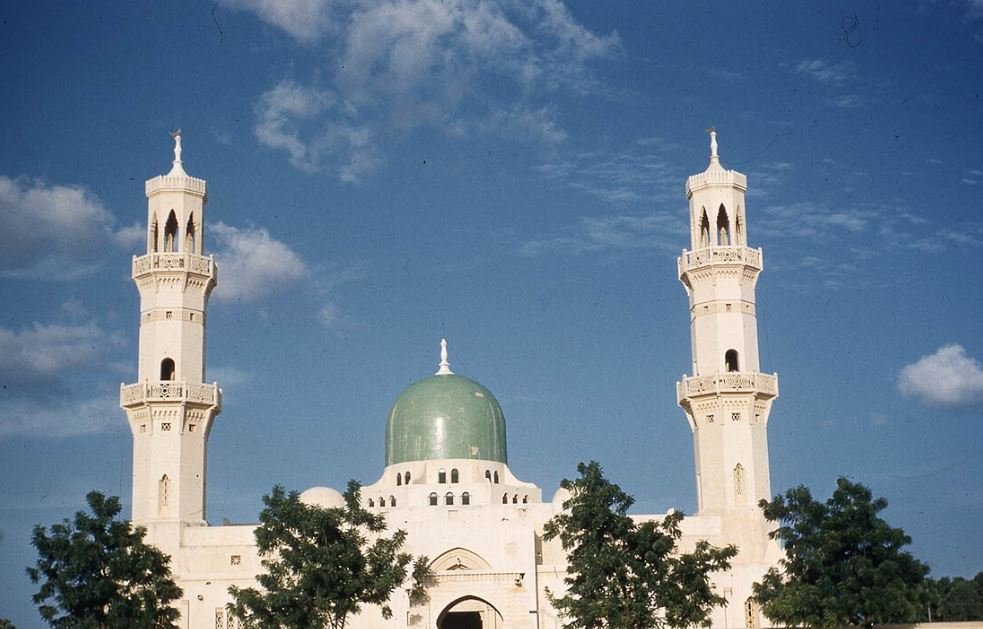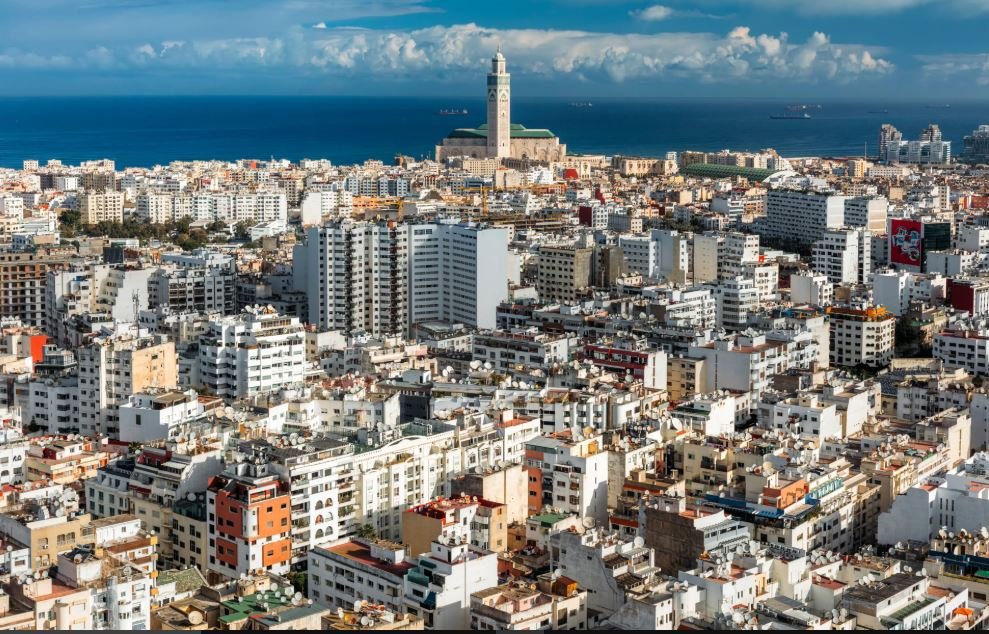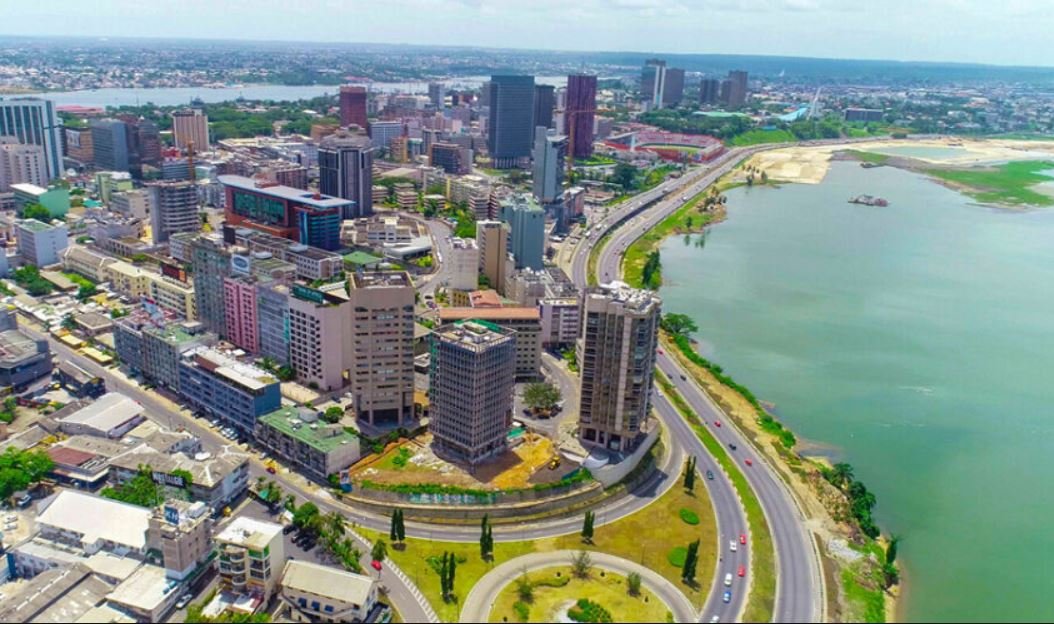
7 Largest Cities In Africa By Land Mass
Which city in Africa covers the most land? While many African cities are known for their population density, some also rank among the largest in the world by size.
Khartoum, the capital of Sudan, is the largest city in Africa by land mass, with 22,000 square kilometers. These cities are not just expansive, many of them serve as economic, political, and cultural hubs for their nations.
READ ALSO: 6 Biggest Mosques In Nigeria By Capacity
Which City Is The Largest In Africa By Land Mass?
Here are the top cities in Africa with the biggest land area:
- Khartoum, Sudan (22,142 km²)
- Kinshasa, DR Congo (9,960 km²)
- Cairo, Egypt (3,085 km²)
- Ibadan, Nigeria (3,080 km²)
- Alexandria, Egypt (2,670 km²)
- Durban, South Africa (2,292 km²)
- Abidjan, Côte d’Ivoire (2,110 km²)
1. Khartoum, Sudan (22,142 km²)
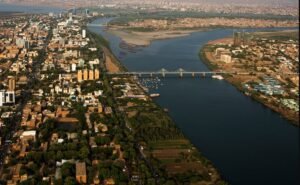
Khartoum, the capital of Sudan is the largest city in the country, and in Africa, with a land area of 22,142 square kilometers.
The city has a population of over six million people, making it the biggest metropolitan area in Sudan. Khartoum sits where the White Nile and the Blue Nile meet, a place called “The Confluence.”
However, the city is made up of three main parts: Khartoum itself, Khartoum North, and Omdurman, all connected by bridges. Khartoum was founded in 1821 by Muhammad Ali Pasha, near the ancient city of Soba.
The British took control of Sudan in the 19th century, and in 1884, the city was captured by Mahdist forces after a long siege. The British recaptured it in 1898 and ruled until Sudan became independent in 1956.
Ever since, Khartoum has seen several conflicts, including a hostage crisis in 1973, fighting in 2008 during the Darfur War, a deadly massacre in 2019, and heavy battles in 2023 between the Sudanese army and the Rapid Support Forces.
Khartoum is also an important economic and trade center in North Africa. It has rail connections to Port Sudan and El-Obeid and is served by Khartoum International Airport. A new airport is being built to improve air travel.
The city is home to notable institutions such as the National Museum of Sudan, the University of Khartoum, and the Sudan University of Science and Technology.
2. Kinshasa, DR Congo (9,960 km²)
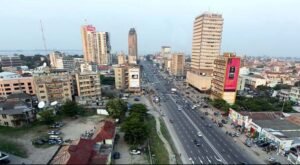
Kinshasa is the capital and largest city of the Democratic Republic of the Congo. It covers 9,965 square kilometers, making it the biggest city in Africa by land area.
It is located along the Congo River, opposite Brazzaville, the capital of the Republic of the Congo. The two cities are the closest capital cities in the world that are not connected by a bridge.
Kinshasa is home to over 17 million people, making it one of the most populated cities in Africa. It is the main economic, political, and cultural center of the country.
The city has many industries, including manufacturing, banking, telecommunications, and entertainment. Notable buildings include the People’s Palace, the Palace of the Nation, and the Kinshasa Financial Center.
The city was originally a village called Nshasa before it became a trading post in the late 19th century. It was renamed Léopoldville by Belgian explorer Henry Morton Stanley in honor of King Leopold II of Belgium.
In 1966, its name was changed to Kinshasa. French is the official language, while Lingala is widely spoken on the streets.
The city is also known for its vibrant music scene and was named a UNESCO City of Music in 2015. Kinshasa has one of Africa’s largest urban parks, Nsele Valley Park. It is also considered one of the most expensive cities in Africa for foreigners.
READ ALSO: 10 Biggest Cities In Nigeria (By Land Mass)
3. Cairo, Egypt (3,085 km²)
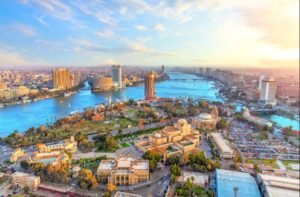
Cairo, the capital and largest city of Egypt is the third largest city in Africa by land area, covering 3,085 square kilometers.
It is home to more than 10 million people, while the Greater Cairo area has over 22 million residents. Cairo has a history, with nearby ancient sites like the Giza pyramids, Memphis, and Heliopolis.
The area became an important settlement after the Muslim conquest in 641, and the Fatimid dynasty officially founded Cairo in 969.
It later became the main city during the Ayyubid and Mamluk periods. Cairo has played a major part in politics and culture for centuries.
It is called “the city of a thousand minarets” because of its mosques and Islamic architecture. The historic center of Cairo was named a UNESCO World Heritage Site in 1979.
Also, the city is a major hub for media, business, and education, home to Al-Azhar University and the Arab League headquarters.
Cairo has the oldest metro system in Africa, which opened in 1987 and carries over a billion passengers yearly. The city contributes 22% of Egypt’s economy and has a strong film and music industry.
However, Cairo faces challenges like pollution, heavy traffic, and rapid urban growth, with infrastructure struggling to keep up. It is also an important center for automobile manufacturing, with several major car companies based there.
4. Ibadan, Nigeria (3,080 km²)
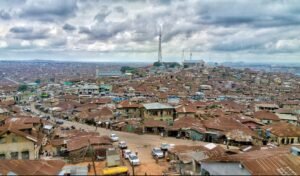
Ibadan is the largest city in Nigeria by land area, with an area of 3,080 square kilometers. It is the capital of Oyo State. With a population of about 3.6 million as of 2021, it is Nigeria’s third most populated city after Lagos and Kano.
Located in southwestern Nigeria, it is about 129 kilometers from Lagos and serves as a key connection between the coastal region and inland areas.
Ibadan had been the largest city in Nigeria at the time of independence in 1960. It was also the second most populous city in Africa, behind Cairo.
Some of the old protective walls from colonial times still stand today. The city is home to the Yoruba people, along with other ethnic groups like the Igbo, Hausa, Edo, and Ibibio.
Economically, Ibadan is diverse, with activities such as agriculture, trade, factory work, and public service. It is a major trade hub for products like cassava, cocoa, cotton, timber, and palm oil.
Industries in the city include food processing, textiles, healthcare, and furniture making. The International Institute of Tropical Agriculture is based there and researches key crops.
Ibadan is one of the fastest-growing cities in sub-Saharan Africa and ranks high in West Africa’s tech startup index. It is also one of the cheapest cities to live in Nigeria. In 2016, it joined the UNESCO Global Network of Learning Cities.
READ ALSO: Top 10 Cleanest States In Nigeria
5. Alexandria, Egypt (2,670 km²)
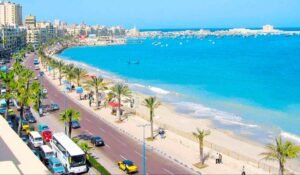
Alexandria is the second-largest city in Egypt and the biggest city on the Mediterranean coast. It has an area of 2,670 square kilometers and stretches about 40 kilometers along the northern coast of Egypt.
Founded in 331 BC by Alexander the Great, it became an important center of Hellenic civilization. It replaced Memphis as Egypt’s capital during the rule of the Ptolemaic dynasty and remained a great city for nearly a thousand years.
It was home to the famous Lighthouse of Alexandria, one of the Seven Wonders of the Ancient World, and the Great Library, which was the largest library in ancient times.
The city was originally built near an old Egyptian settlement called Rhacotis, which later became part of Alexandria. It was a major hub of trade, culture, and learning in the ancient world.
During Roman and Byzantine rule, it remained important, but after the Muslim conquest of Egypt in 641 AD, a new capital was established in Fustat, later becoming part of Cairo.
Alexandria lost much of its influence. In modern times, Alexandria has regained its importance as an industrial and trade center.
It has natural gas and oil pipelines from Suez and is a key part of the international shipping industry. The city is known as the “Bride of the Mediterranean” and attracts many tourists.
6. Durban, South Africa (2,292 km²)
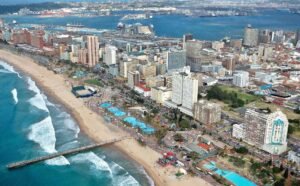
Durban is one of the largest cities in South Africa and the biggest in the KwaZulu-Natal province, covering an area of 2,292 square kilometers.
Located on the east coast along the Indian Ocean, it has the busiest port in sub-Saharan Africa. The city is part of the eThekwini Metropolitan Municipality, which had a population of 4.2 million in 2022.
Within the city itself, about 595,061 people lived there in 2011. Durban has a warm, humid climate with hot summers and mild winters.
The area has been home to people for thousands of years, with early hunter-gatherers and later the Nguni people settling there.
In 1497, Portuguese explorer Vasco da Gama named the region Natal. In 1824, British traders arrived, and Zulu king Shaka allowed them to stay.
The city was later named after Sir Benjamin D’Urban in 1835. Durban is known for its beaches, warm weather, and historical sites.
Popular places are the Golden Mile beachfront, uShaka Marine World, and the Moses Mabhida Stadium, built for the 2010 FIFA World Cup.
The city has many Art Deco buildings and a mix of Victorian and modern architecture. Durban’s economy is driven by trade, tourism, and manufacturing, especially sugar refining.
Many street vendors sell goods in markets like Warwick Junction. The city has also faced challenges, including criticism over how it treats informal workers and the homeless.
READ ALSO: Top 10 Dirtiest States In Nigeria (2024)
7. Abidjan, Côte d’Ivoire (2,110 km²)
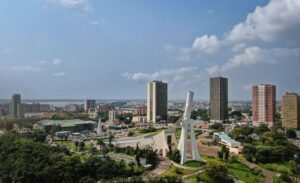
Abidjan is the biggest city in Ivory Coast and was once its capital. With an area of 2,110 square kilometers, it’s one of the largest cities in Africa by land size.
In 2021, its population was 6.3 million, which is about 21.5% of the country’s people. It is the sixth most populated city in Africa, after Lagos, Cairo, Kinshasa, Dar es Salaam, and Johannesburg.
It is also the largest French-speaking city in Africa, as Kinshasa mainly speaks Lingala. The city grew after 1931 when a new wharf was built.
It became the capital of the French colony in 1933. When the Vridi Canal was finished in 1951, Abidjan became an important port city.
Even after Ivory Coast gained independence from France in 1960, Abidjan remained the capital. In 1983, Yamoussoukro was made the official capital, but Abidjan remained the country’s economic center.
Many political offices and foreign embassies are still in Abidjan. The Abidjan Autonomous District includes the city and nearby suburbs.
It is one of 14 districts in Ivory Coast. Abidjan is home to the main stock exchange for Ivory Coast and seven other West African countries. This stock exchange is called the Bourse Régionale des Valeurs Mobilières.
Abidjan also had the headquarters of Air Ivoire, a major airline. Another airline, Air Afrique, was once based there before it closed.

